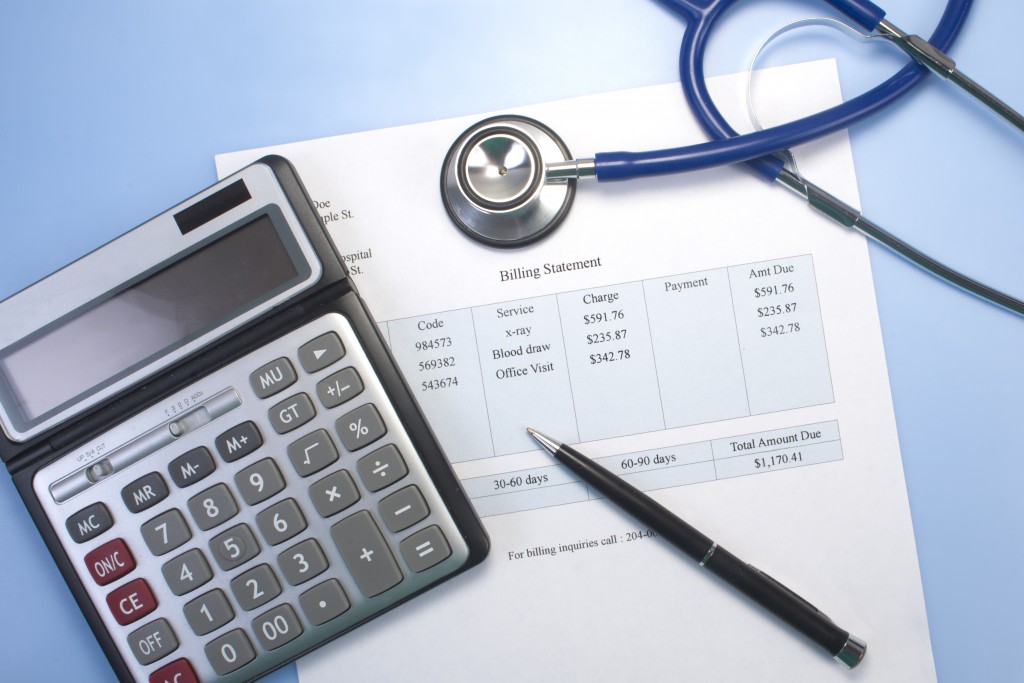For the 25 million people in the US who have asthma, the cost of medical care can be expensive, and the condition can lead to lost earnings. The good thing is there are ways patients can reduce costs, such as availing ProAir patient assistance from companies like The Rx Solution.
The number of people affected by asthma is increasing every year, with around one in 12 adults and one in 10 children diagnosed with the condition. The autoimmune respiratory disease is triggered by environmental pollution, viruses and bacteria, and allergens like pollen.
The cost of having asthma
The cost of asthma, both financially and socially, can be high for families living with the illness. The disease costs U.S. citizens $50.1 billion annually in medical bills. Each person with asthma can expect to spend just over $3,250 a year in treating or managing his or her condition. In addition to the increased costs, asthma can impact the ability to earn. It is the number one reason people miss work or do not perform well at work.
Ways to save money
There are, however, ways that asthmatic patients can reduce their bills, including the following:
- Tell the doctor. Informing doctors of your financial difficulty could help. They may be able to prescribe older, generic drugs in the place of more expensive, branded ones. They could also give out free samples or coupons when money is really tight.
- Use a prescription assistance program. ProAir patient assistance is available for people using this treatment method for their asthma. By joining a program, they can obtain free or reduced inhaler medication. Low-income families and those who are unemployed can present a membership card and receive their treatment free of charge or with huge discounts.
- Do not skip medication. Rationing medication causes asthma attacks. Hospitalization can cost hundreds of dollars and maybe even thousands if intensive care is required.
Asthma is an increasingly common and costly disease that patients may struggle to pay for but getting help from a medical professional and using prescription assistance programs could make the difference.




